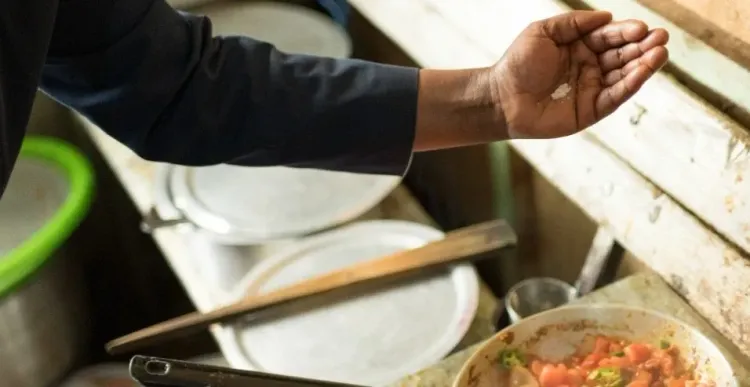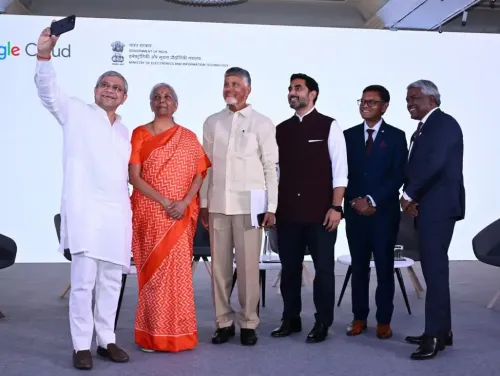Is Salt Consumption Among Indians Exceeding WHO Limits?

Synopsis
Key Takeaways
- Indians consume 2.2 times the salt recommended by WHO.
- Excessive salt intake leads to severe health risks.
- Common foods contribute hidden salt intake.
- Project Namak aims to reduce salt consumption in communities.
- Switching to low-sodium salt can help lower blood pressure.
New Delhi, July 16 (NationPress) Indians are consuming salt at a rate that is 2.2 times higher than the World Health Organization (WHO) guidelines, leading to serious health risks such as hypertension, strokes, and kidney disease, as reported by the ICMR's National Institute of Epidemiology.
The WHO recommends a maximum of 5 grams of salt per day (equivalent to less than a teaspoon) or below 2g of sodium daily.
However, the average Indian's salt intake is a staggering 11 grams per day, which is 2.2 times the WHO recommended limit, according to the ICMR-NIE.
The leading research organization also highlights that regular iodized salt contains 40 percent sodium, significantly exceeding WHO guidelines. The organization advocates for the use of low-sodium salt to mitigate these risks.
“The primary source of salt in the Indian diet is often hidden, which poses a genuine threat,” explained the scientists at ICMR-NIE. They identified commonly consumed items like pickles, papad, namkeen, biscuits, cookies, bread, vada pav, chips, instant noodles, and packaged foods as contributors to excessive salt intake.
“High sodium levels can be perilous, leading to an estimated 1.89 million deaths globally each year related to excessive sodium consumption,” the research body stated.
“Excessive salt intake increases blood sodium levels, causing water retention, elevated blood volume, and consequently, hypertension, which can result in strokes, cardiovascular issues, kidney disease, osteoporosis, and obesity,” they elaborated.
To tackle this pressing concern, the ICMR-NIE has launched Project Namak—a community-focused salt reduction initiative. This three-year project, initiated in Punjab and Telangana, will assess the impact of structured salt reduction counseling provided by healthcare workers at Health and Wellness Centres (HWCs) on reducing blood pressure and sodium intake among hypertensive individuals.
The project promotes the use of low-sodium salt (LSS), which substitutes Sodium (Na) with Potassium (K) or Magnesium (Mg). “Transitioning to LSS can result in an average reduction of 7/4 mmHg in blood pressure,” the researchers highlighted.
“Nevertheless, LSS is cautioned against for individuals with kidney disease or those on potassium-restricted diets,” they added.
Reducing sodium intake can also be achieved by focusing on fresh, minimally processed foods, using little to no added sodium during cooking, limiting commercial sauces, dressings, and instant products, as well as curbing the consumption of processed foods.









